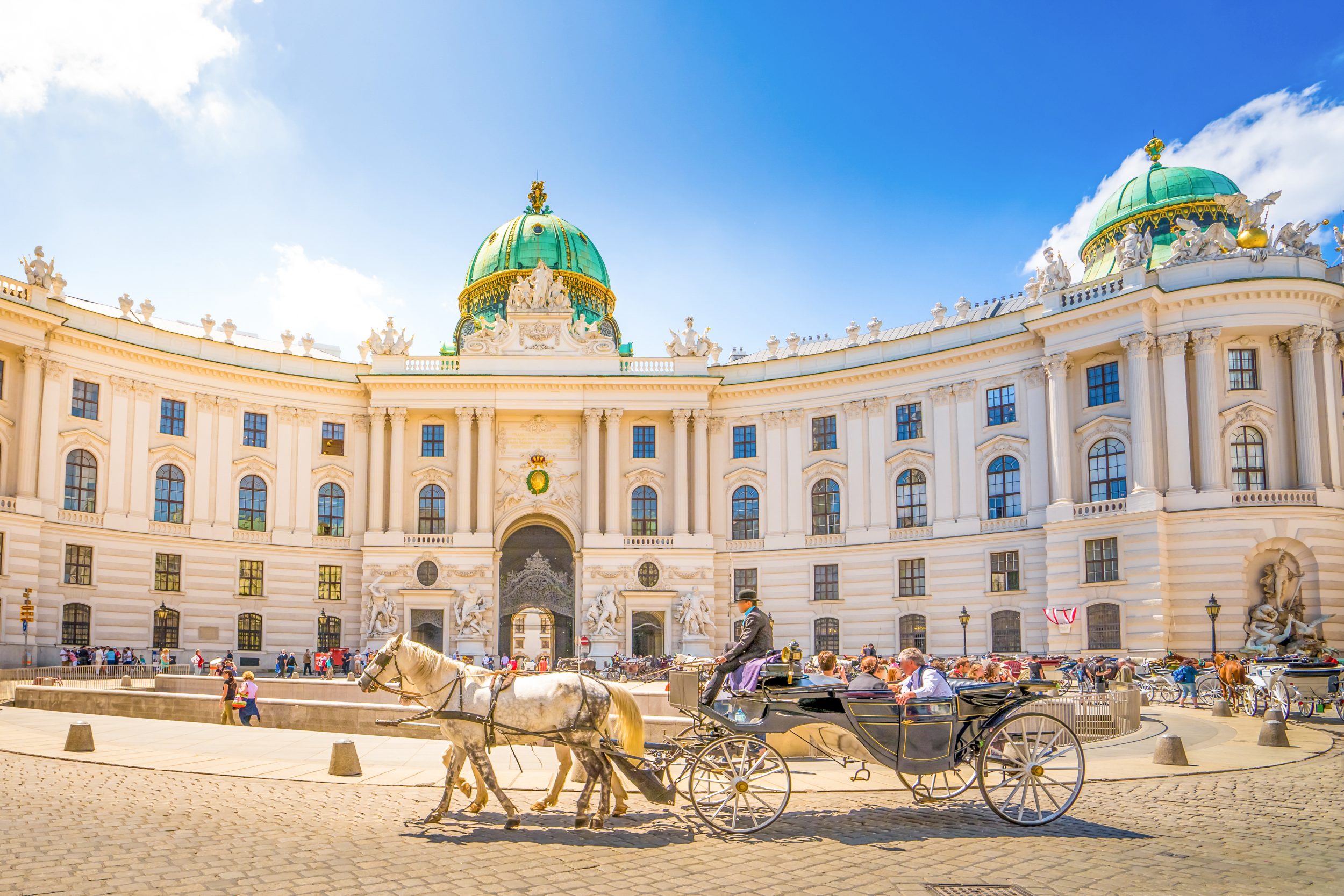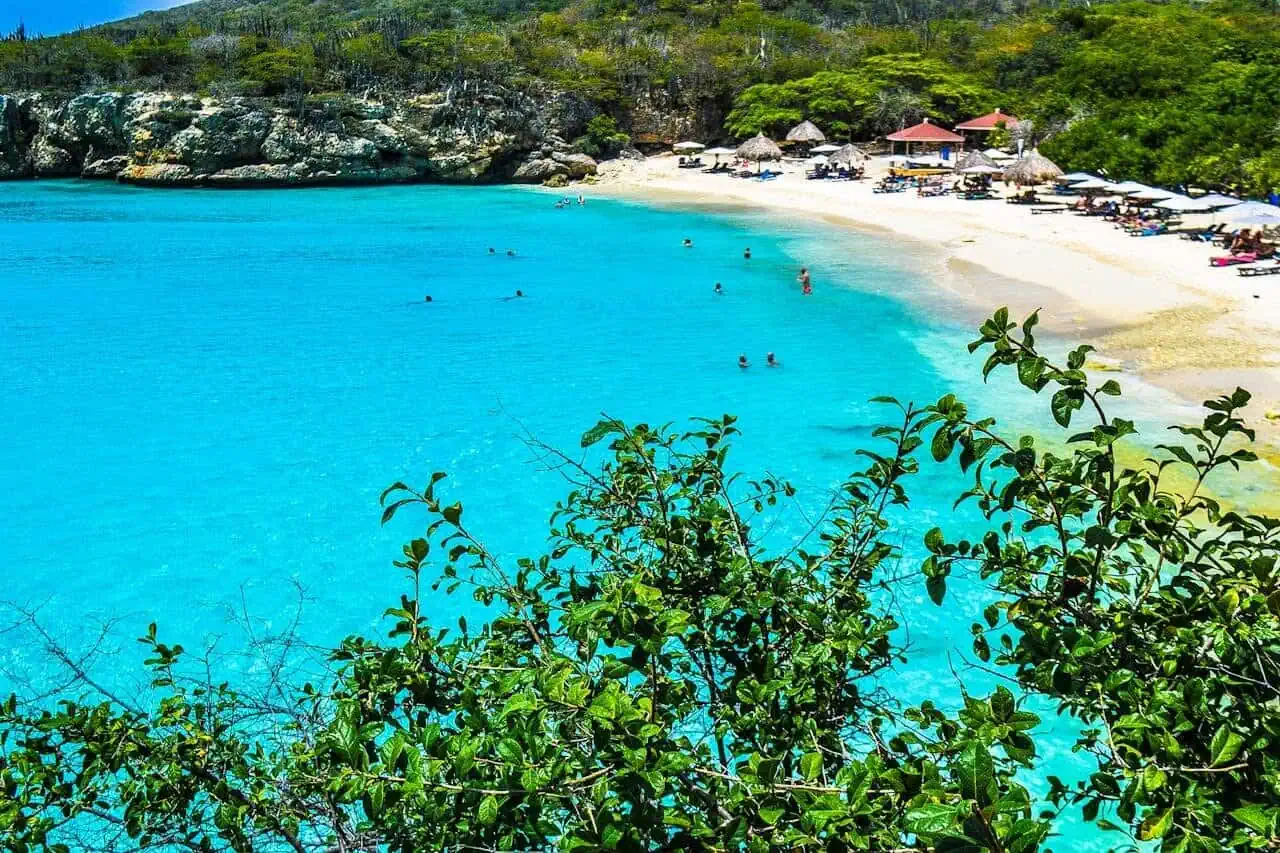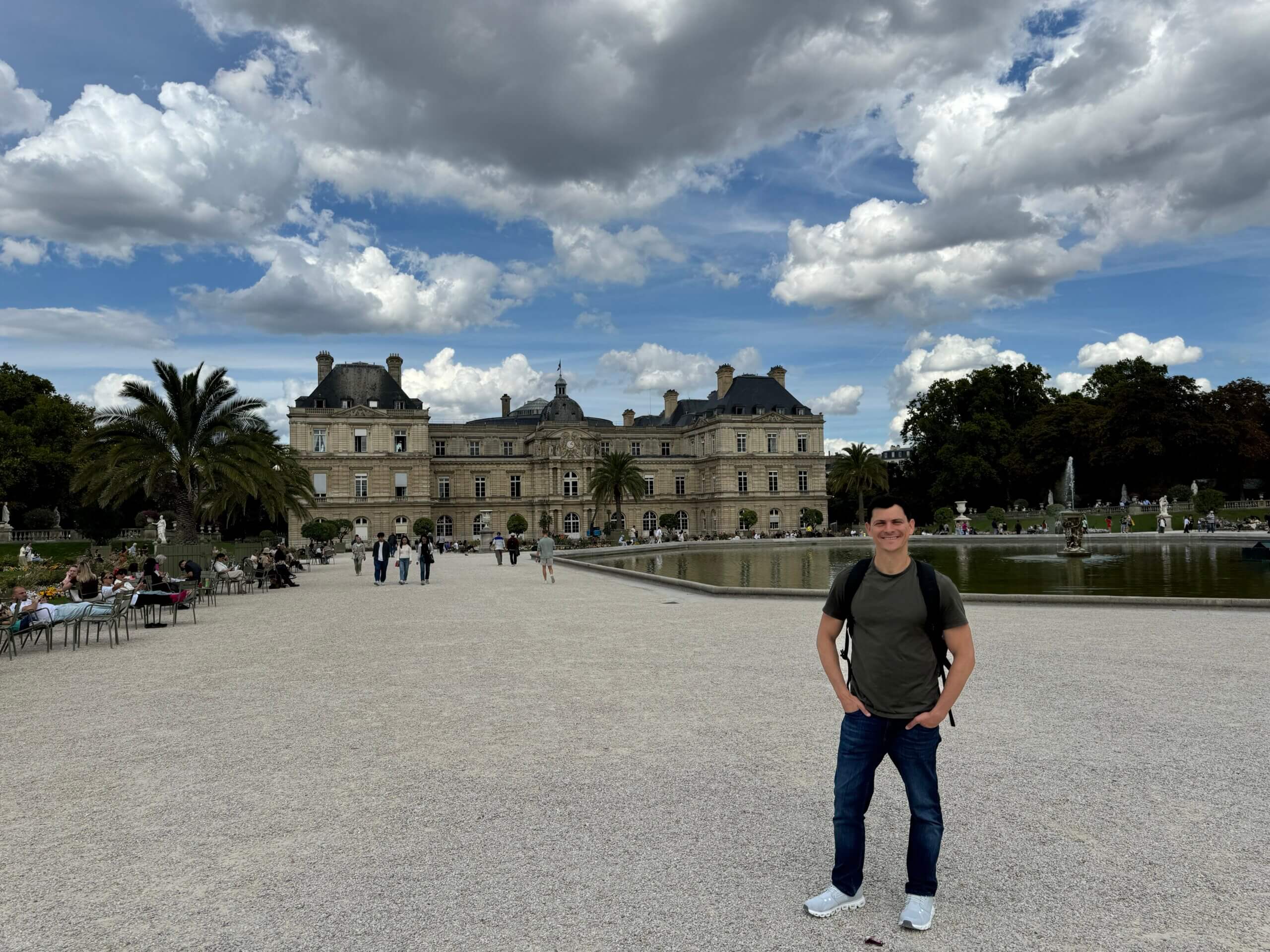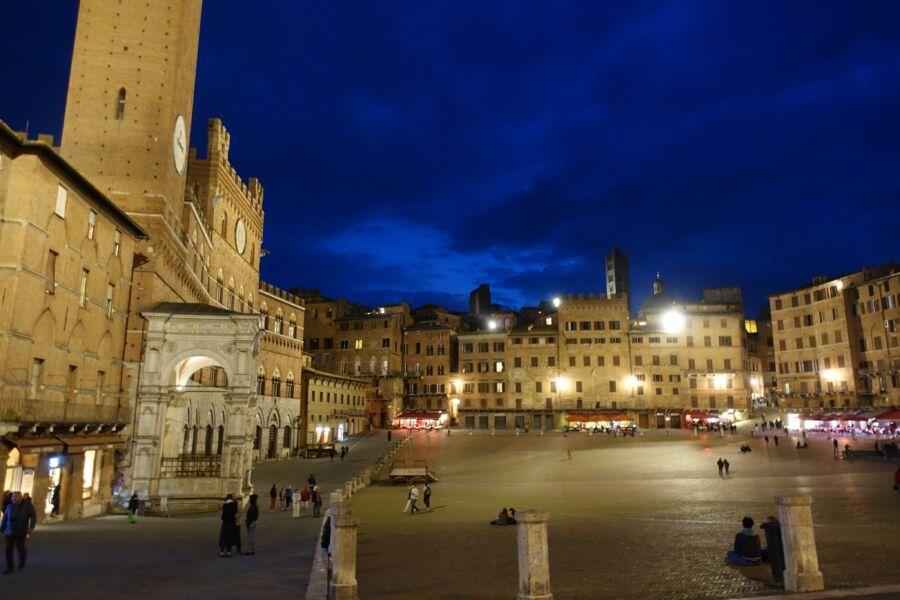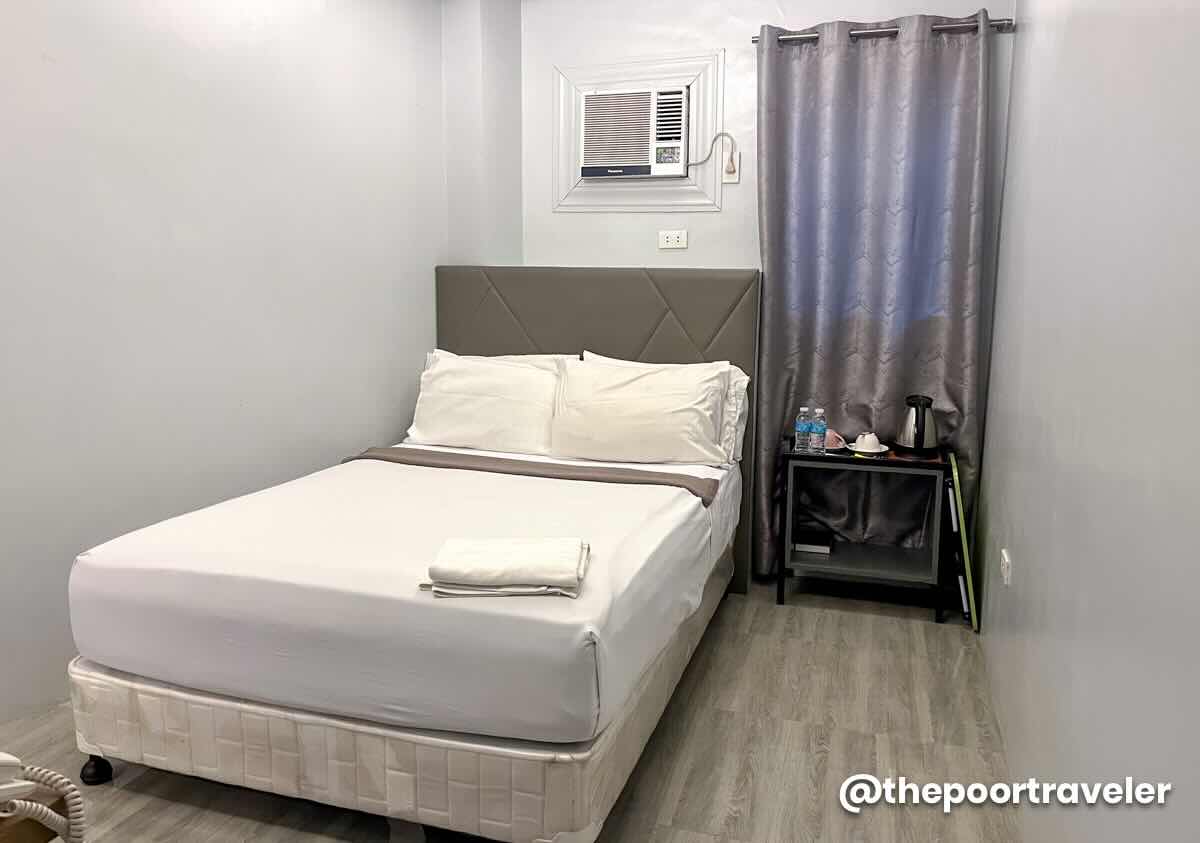A Weekend in Nafpaktos: Discovering Its Cultural Routes

Nafpaktos is a seaside town on the north shore of the Gulf of Corinth. It’s one of those Greek gems that boasts a long-standing history, blending beautifully into its modern-day life. Nafpaktos is a castle town that has been continuously inhabited since antiquity.
I visited Nafpaktos in 2016, which I wrote about in my previous post here. However, what’s unique about this coastal town is that it surprises you every time you visit.
Just a few hours from Athens, it’s the perfect weekend destination. Many visitors stop here on their way to Delphi, but I honestly believe that this whole region deserves more than a short stopover. It’s a town where Venetian walls meet Ottoman fountains, and where you can enjoy delicious home-cooked food under the shade of plane trees while gazing at the Rio–Antirrio bridge.

Recently, I was invited to explore the cultural routes of Nafpaktos with the invitation of Bioeffect Greece, and in this post, I’ll take you through the highlights of my stay: things to do, where to eat, the best beaches, and where to stay.
Things to Do in Nafpaktos
Explore Nafpaktos Castle

When you’re in Nafpakos, one of the things that you must absolutely do is visit its castle. This castle is part of the locals’ history, and it’s worth considering that, until a few decades ago, it was open to the public, where local children would spend their Sunday afternoons, roaming freely around the ruins.


The castle is the town’s crown jewel, perched on a hill above the city; it is one of the best-preserved in Greece. It spreads over five tiers, from the citadel at the very top to storerooms and cisterns on the lower levels, all the way down to the heart of the town itself. The views from here are spectacular — stretching across the Gulf of Corinth to the Rio–Antirrio bridge.

What’s new here since I last visited is the information hall, which was inaugurated just a year ago. Here, you can learn about the castle’s many phases of construction, from ancient fortifications to Byzantine, Venetian, and Ottoman additions.
This article contains some affiliate links, which means that if you make a purchase through these links, we may earn a small commission—at no extra cost to you. Every purchase helps keep this website running. I hope that you find the information helpful.



At the top tier, a new small museum has been open to the public for only a year. It showcases everyday objects, icons, ceramics, and even a remarkable shard of 17th-century Venetian pottery known as the Harlequin of Montelupo, which was a key center of pottery production in Tuscany. Locals discovered these artifacts while building their homes and are thus a living part of the town’s history.




At the top tier of the castle, there is also a small church dedicated to Profitis Elias, serving as a reminder of the Byzantine presence. In fact, traveling around Greece, you will come to notice that small chapels and monasteries dedicated to Profitis Elias are always found on the highest points of hills and summits.

When visiting the castle, make sure to wear sturdy shoes as the cobblestone pathways can be slippery.
Walk the Cultural Routes of Nafpaktos
From the castle, we walked down the cobblestone paths into the lower tiers of the town. In the late 1600s, the Ottoman traveler Evliya Çelebi described Nafpaktos as one of the most important urban centers of central Greece. He noted more than 3,000 houses, many two storeys high with balconies, colorful wooden details, and courtyards that opened south toward the gulf and the mountains beyond. Today, you will still see the remains of some of these houses. He also wrote about wide, clean streets and plenty of water.

In fact, Nafpaktos was famous for its fountains. There were 45 public ones, and more than 245 natural springs fed both homes and neighborhoods. About a dozen of these Ottoman fountains remain in existence today. Built in the 16th century onwards, they were considered charitable gifts to the community, often placed near mosques or at busy intersections.

They weren’t just practical — they were built to endure, with shallow ogive arches, marble plaques inscribed with the founder’s name, and sturdy stone benches where neighbors once sat, exchanged news, and filled their pitchers. Even now, many still run with cool mountain water, connecting today’s visitors with centuries of local life. We passed the Kolettis Fountain and the one next to the Vezir Mosque, located in the historical center of the Upper Town, at the fourth tier of the Nafpaktos Castle.


Further down, we reached the Tzavellas mansion, a fine late Ottoman stone house that was later given to the Souliote Tzavellas family after the Greek War of Independence. Today it houses the Ephorate of Antiquities, but standing before its solid walls and tall gates, you can still sense the weight of its history.
Just a little further along stands the Clocktower, built in 1914. Though relatively modern compared to the rest of Nafpaktos’ landmarks, it has become one of the town’s defining features. From here, the views open wide — the Venetian harbor cradled by its walls, the gulf stretching into the horizon, and the Rio–Antirrio bridge gleaming in the distance. It’s a perfect spot to pause and take in the scenery before continuing downhill.


As you follow the path from the clock tower, you will reach the Iron Gate — the Sideroporta. This was the only passage from the lower town into the main body of the castle. The design was ingenious: the gate is set at an oblique angle, so from below it remains almost hidden. To the left rises a square defensive tower, and to the right a tall, tapering tower that clings to the slope, making the entrance appear nearly invisible. Even centuries later, the stonework remains imposing, as if it still guards the town.

Visit the Venetian Harbor & Cervantes Statue
The Venetian harbor is small but striking, enclosed by castle walls that once guarded the town from naval attacks. Here stands the statue of Miguel de Cervantes, the Spanish author of Don Quixote, who fought and was wounded in the Battle of Lepanto (1571).


That clash between the Holy League and the Ottomans was one of the most decisive naval victories in European history. Cervantes later called it “the most noble and memorable event that past centuries have ever seen.” His statue is a powerful reminder that this little port played a role in shaping world history.


The Venetian harbor is lined with cafes and restaurants, making it an ideal spot to enjoy a drink or a meal while taking in the beautiful views of the harbor.
Botsaris Tower Museum

Just a short walk from the harbor, you will reach the Botsaris Tower. Originally it was built for the Ottoman governor in the 15th–16th century, and was later gifted to a Souliote hero, Notis Botsaris. Today, it houses a museum dedicated to the Battle of Lepanto, with reproductions and exhibits that bring this dramatic chapter to life. To experience the grandeur and solitude of this place, be sure to walk around the walled garden, featuring citrus trees and neoclassical fragments brought in by the family from Athens.




Fetihe Tzami
The Fetihe Tzami, or Victory Mosque, was built by Sultan Bayezid II after his victory over the Venetians in 1499. Today, it functions as a cultural space.

During my visit, I saw a moving exhibition by contemporary Greek artist Christos Bokoros, whose works use light and shadow to create a contemplative mood. Experiencing modern art inside a 15th-century mosque was a striking reminder of how Nafpaktos layers past and present.


Beaches in Nafpaktos
Gribovo Beach
On the eastern side of the Venetian harbor lies Gribovo Beach, its name of Slavic origin meaning “a place with lots of water.” This beach is shaded by old plane trees, with lively cafés and tavernas just steps from the shore.

Gribovo is especially popular with families thanks to its playground and small pond where ducks and swans have become friendly locals. The beach is well-organized, featuring sunbeds, parasols, showers, and lifeguards during the high season.
Psani Beach
Located just west of the Venetian harbor, Psani Beach is a family favorite. In summer, cars are banned along the waterfront, leaving plenty of space for pedestrians and cyclists to stroll safely. The beach is well-organized, with a lifeguard on duty and even a special Seatrac ramp for people with disabilities, making it fully accessible.
Psani has a pebbled shoreline with shallow waters, which is perfect for children. There is also a playground here. The promenade is lined with hotels, restaurants, cafés, tavernas, and pastry shops.
Visiting Local Businesses in Nafpaktos
One of the things that makes Nafpaktos so special is its authentic local character. Beyond its monuments and beaches, it’s a town where family businesses thrive, continuing traditions with care and passion. As part of our weekend program, we visited two of these local businesses.
Douros Meat Processing
For three generations, the Douros family has been running a respected meat processing business in Nafpaktos. Their philosophy is built not only on quality and freshness, but also on respect — for the humane treatment of animals, the environment, and their community. The facility is maintained to the highest standards of hygiene, ensuring that its products are of the highest quality.

Their shop, located close to the center of town, is a must for food lovers. You’ll find everything from marinated meats and souvlakia to burgers and ready-to-cook specialties. It’s the perfect place to pick up something local to enjoy during your stay if you are staying in an apartment.
🔗 Learn more at dourosmeat.gr
Ploumis Wines & Beers
On the edge of town, you’ll find Ploumis Wines, a small but heart-filled family business started in 1996 by Konstantinos Ploumis. While Nafpaktos once had its own vineyards, today Ploumis sources grapes from other regions in Greece, including the Peloponnese. Their labels include Malagouzia (a nod to the local tradition), Chardonnay, Agiorgitiko, and Syrah.

Since 2019, the family has also been brewing craft beers. The Ploumis Blond is perfect with food, while the unfiltered Lepanto Pils and Ploumis Wheat (a classic Weizenbier) are excellent choices to enjoy on their own. With charming labels and a friendly tasting room, it’s a cheerful stop for anyone interested in local flavors.
🔗 More info at ploumisnafpaktos.gr



Where to Eat in Nafpaktos
Here are some of the places where we ate during our weekend trip to Nafpaktos
Zografos – Right on Gribovo Beach, shaded by the plane trees. Home-cooked dishes, such as pies, salads, and hearty moussaka, make it feel like a meal at Mom’s table.


Manaraki – A cozy taverna in the heart of town with outdoor seating along a quiet lane. Their cheese bread, fresh salads, and meat platter are simple, generous, and delicious. This is the perfect place to enjoy a hearty meal paired with tsipouro.





Centro Porto – Located at the harbor, with outdoor tables overlooking the water. Their creative menu, which we tried, included pinsa with prosciutto, Greek and chicken salads, spaghetti aglio e olio with shrimp tartare, and a rich beef ragu risotto.




Where to Stay in Nafpaktos
We stayed at Hotel Akti, a comfortable three-star hotel right on Gribovo Beach. The double room had a sea view — waking up to the Gulf of Corinth was a real treat. Downstairs, the hotel has a small but beautiful art collection, and the location is ideal, just a short walk from the harbor and castle.

Final Thoughts
Nafpaktos definitely deserves more than a stopover. From its Venetian harbor and five-tiered castle to Ottoman fountains, hamams, and cultural spaces, it feels like walking through a living museum. And yet, it’s also a town full of life, with relaxed tavernas, friendly locals, and an authenticity that makes you want to return.
I was invited to visit Nafpaktos, along with Travel Bloggers Greece, by BioEffect Greece. As always, all opinions expressed are my own.
Watch the whole experience on YouTube

